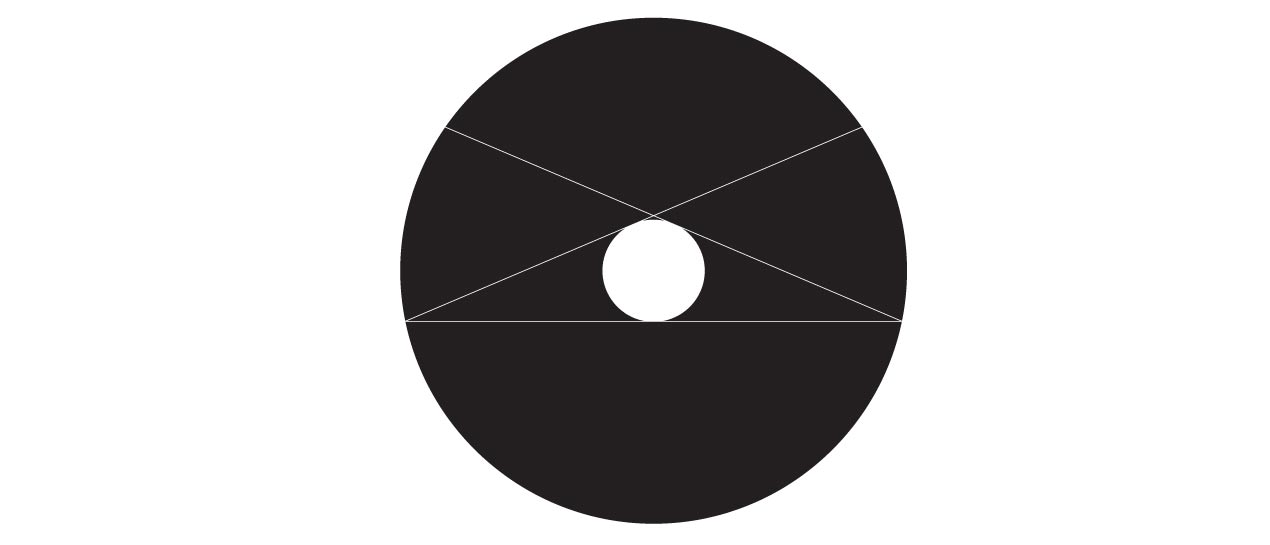
KONRAD KWASEK /1958-2005/
SCULPTOR, PAINTER, PHOTOGRAPHER.
KONRAD WASEK WAS BORN AND
LIVED WITH HIS FAMILY IN SZCZECIN.
He lost his sense of hearing due to a childhood illness. He attended a boarding school for deaf children outside
Szczecin, in Lubiniec near Częstochowa. He hated this school so much that he would sometimes run away to the woods and hide there for hours to avoid being brought there by car. His aversion might have stemmed from the fact that Kwasek was older than the rest of the children, as he started school when he was 9 and not 7 like everybody else. After his education at school was over, he worked for a certain period at sheltered employment workshops in Szczecin. His responsibilities included gluing envelopes and hammering bird houses. He worked as fast as he could so that he could go home and unleash his artistic creativity. The lack of discipline was cause for his dismissal from work. From that time on, he stayed at home and devoted himself completely to art.
The artist is most recognised for his sculptures. He created his first sculpture when he found some firewood and an axe in the cellar. Then he proceeded to acquire his sculpting material in the forest or at building sites and sometimes received it as a gift from his family and friends. The artist worked using very simple tools – an axe and a broken chisel, which was his personal favourite and which he refused to exchange into a new one. He mainly carved figures, often couples in
a tight embrace. He finished his works by singing them over the stove, painting or varnishing them. Several works were created each day, so after 20 years, his collection grew up to several thousand pieces. A separate thread of his sculpting output is
a series of small-scale TV sets with screens displaying places, symbols and scenes that inspired him. The TV was interesting for him as a medium – a carrier of images.
The artist only stopped carving a few days before his death caused by a serious disease. Not being able to create anymore, he often embraced the wood and his sculptures.
Apart from sculpture, Kwasek was fascinated by photography. He first got into this medium thanks to his father who was an amateur photographer and had a darkroom at home. The artist watched him working and learnt the basics of camera operation. He started to create photos showing him dressed as a Native American or an Arab. These works were not technically perfect as Kwasek did not care about the sharpness or exposition of the photographs. He developed the photos himself and then retouched them with colourful paints. He had access only to black and white material and he needed colour. Kwasek was fascinated by images of people of different skin colours – Native Americans, black people and Arabs. For this reason, he changed his own skin colour and that of his loved ones when repainting the photos. There are also photos “retouched” by the artist, which he acquired from black and white family albums. The artist would tear the pictures out of the albums, stick them onto separate sheets of paper and add some new elements – like moustache on the faces of his grandmothers or aunts. The most extreme examples of such photographs show Kwasek digging out the bones from the grave of his relatives.
Kwasek is also known for his calendars filled with lengthy sequences of digits and dates.
Since 1998, the artist was affiliated with Szczecin’s Galeria pod Sukniami. Several thousand of his works are deposited at Pod Sukniami Foundation and kept under the custody of his friend, Romek Zańko, who promotes the artist’s works.
Kwasek’s artwork has been presented at many exhibitions in Poland and abroad, such as art)&(marges museum in Brussels, The Creation Franche Museum in Begles, The State Ethnographic Museum, The Silesian Museum in Katowice and many others. The photographs of Kwasek have recently been shown on “Why We Have Wars? The Art of Modern-Day Outsiders” exhibition in the Museum of Modern Art in Warsaw /2016/.
